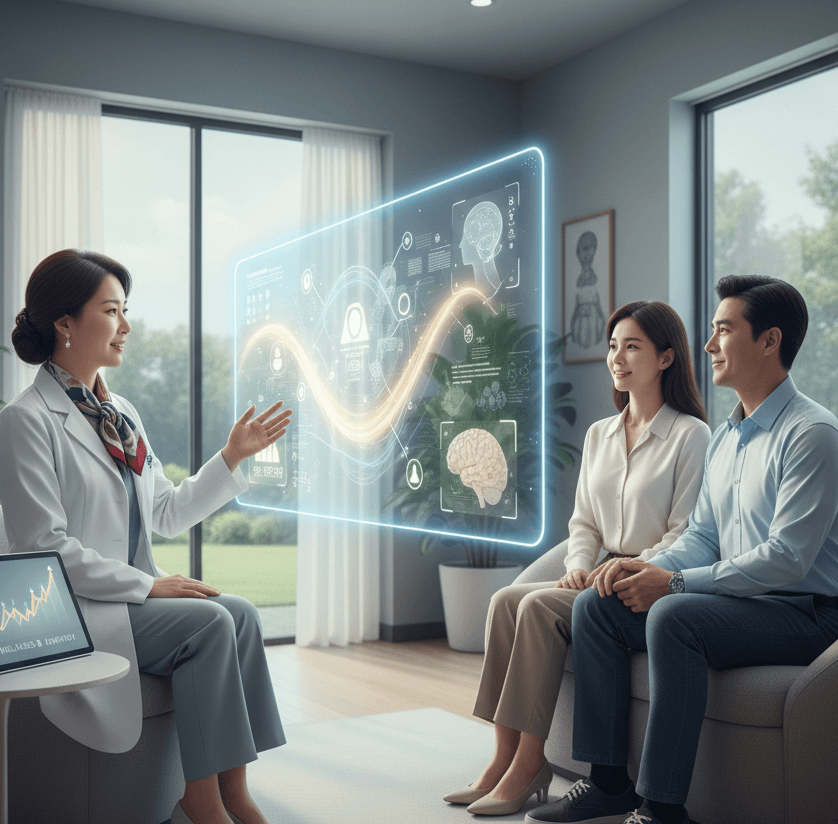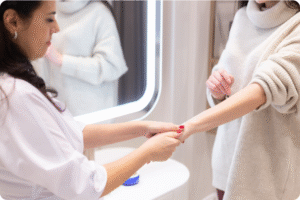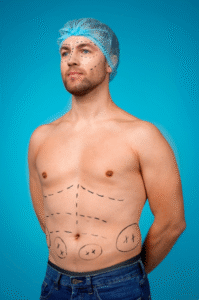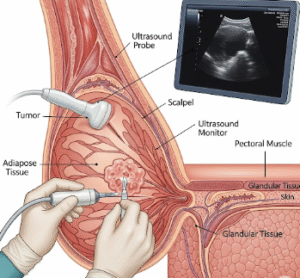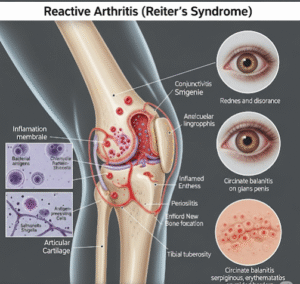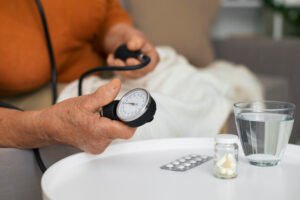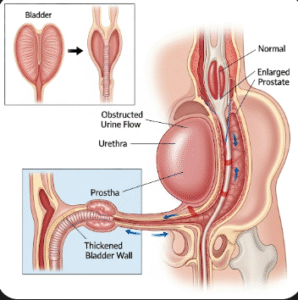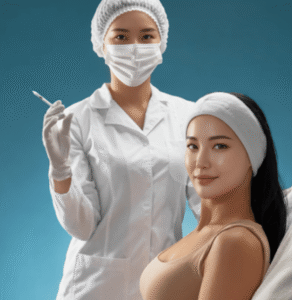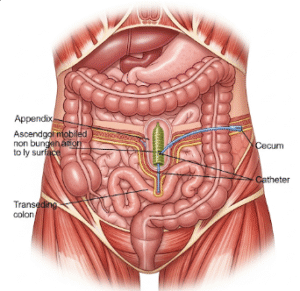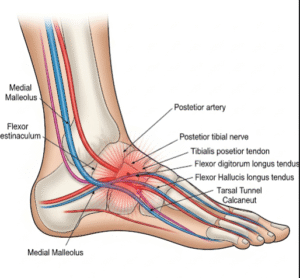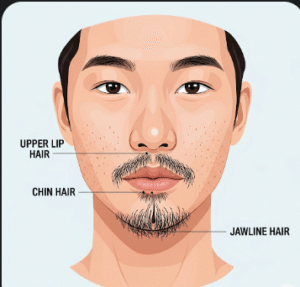What it is
Low libido therapy refers to medical, psychological, and lifestyle-based treatments that help individuals—most often women—restore sexual desire and improve intimacy. A low sex drive (also called hypoactive sexual desire disorder) can be temporary or long-term and may stem from hormonal, emotional, or relational factors.
Key aspects of low libido therapy:
• Addresses physical, emotional, and lifestyle causes
• May involve medical treatment, counseling, or both
• Helps improve sexual satisfaction and overall quality of life
• Tailored to each patient’s needs, with both short-term and long-term solutions
In Korea, low libido therapy is part of integrated women’s healthcare, often combining gynecology, psychology, and wellness programs.
Why it’s done
Treating low libido is important because sexual health is closely tied to emotional well-being, relationships, and confidence.
Main reasons therapy is needed:
→ Restores intimacy and strengthens partner relationships
→ Improves overall quality of life and self-esteem
→ Addresses underlying medical conditions like hormonal imbalance
→ Reduces anxiety and stress linked to sexual performance
→ Supports women going through menopause, childbirth recovery, or major life changes
In Korea, low libido therapy is recognized not only as a medical treatment but also as an essential part of holistic women’s health.
Alternatives
Not all cases of low libido require medical therapy. Some women improve through lifestyle adjustments and supportive alternatives.
Alternative or supportive approaches:
• Stress management through yoga, meditation, or relaxation therapies
• Improving diet and regular exercise to boost energy and circulation
• Enhancing communication with a partner to rebuild intimacy
• Using natural supplements (doctor-approved) such as ginseng or maca root
• Exploring sex education and counseling for confidence and awareness
Note: Alternatives may help in mild cases but should not replace medical therapy if low libido is caused by hormonal imbalance, chronic conditions, or psychological trauma.
Preparation
Proper preparation ensures therapy is personalized and effective.
Steps before starting therapy:
→ Keep a record of symptoms (low desire, fatigue, mood changes, vaginal dryness)
→ Review medical history with the doctor, including childbirth and menopause details
→ List current medications, as some may lower libido
→ Be ready to discuss emotional or relationship issues openly
→ Consider involving a partner in therapy sessions for better results
In Korea, most clinics offer confidential and professional consultations, making it easier for women to discuss sensitive topics without hesitation.
How it’s done
Low libido therapy in Korea is offered through a comprehensive, multi-step approach.
Common treatment methods include:
• Medical treatments:
→ Hormone therapy (estrogen, testosterone, or DHEA for menopausal women)
→ Vaginal estrogen creams to address dryness and discomfort
→ Medications to improve blood flow and enhance arousal
• Non-surgical rejuvenation therapies:
→ Laser or radiofrequency vaginal treatments to increase sensitivity
→ PRP (O-Shot) injections to enhance blood circulation and tissue rejuvenation
• Psychological and counseling support:
→ Cognitive-behavioral therapy (CBT) for anxiety, stress, or trauma-related issues
→ Sex therapy and couples counseling to rebuild emotional intimacy
→ Stress reduction programs integrated with medical treatment
• Lifestyle and wellness programs:
→ Nutritional counseling to boost energy and hormonal balance
→ Exercise routines including pelvic floor strengthening
→ Sleep and stress management plans for overall well-being
In Korea, doctors often combine medical and psychological treatments, ensuring both physical and emotional aspects of libido are addressed.
Recovery
Recovery from low libido therapy depends on the type of treatment chosen.
General recovery tips:
→ Follow doctor’s recommendations for medication or hormone use
→ Stay consistent with therapy or counseling sessions
→ Avoid skipping follow-up visits, as progress is often gradual
→ Practice relaxation and intimacy exercises with a partner
→ Maintain a healthy lifestyle with balanced diet, exercise, and rest
In Korea, many clinics provide follow-up counseling and progress tracking, ensuring women see long-term improvements in both sexual health and overall confidence.
Treatment options in Korea
South Korea is a leader in modern women’s healthcare, and low libido therapy is available in many specialized clinics, hospitals, and wellness centers.
Options for treatment include:
• University hospitals – for comprehensive evaluation and advanced hormone therapy
• Private women’s clinics – offering discreet, personalized care with advanced rejuvenation treatments
• Sexual wellness centers – combining medical, psychological, and holistic programs
• Counseling and therapy centers – focusing on mental and emotional causes
Highlights of low libido therapy in Korea:
→ Multidisciplinary care – gynecologists, psychologists, and therapists working together
→ Advanced non-surgical treatments like PRP and laser rejuvenation
→ Government-regulated safety standards for hormonal therapies
→ Confidential and supportive approach for sensitive concerns
→ Multilingual services for international patients in major cities like Seoul and Busan
Final Note:
Low libido therapy in Korea goes beyond medical treatment—it is a holistic journey toward improved sexual health, emotional balance, and relationship satisfaction. With advanced technology, expert specialists, and comprehensive support, Korea offers women a safe and effective path to regain confidence and intimacy.

